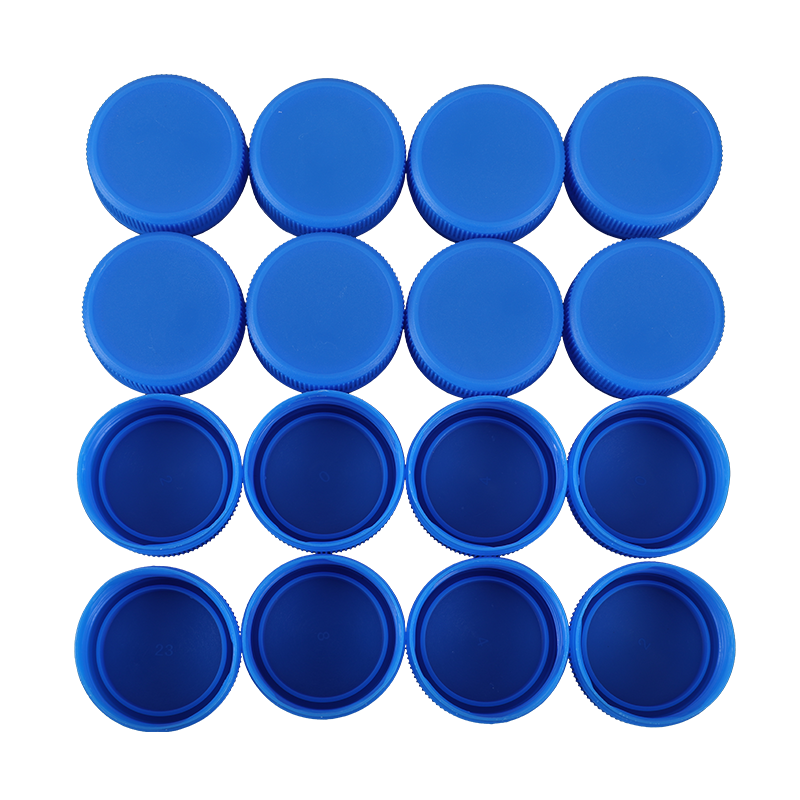The most common way to produce a plastic bottle cap is through an injection moulding process. The process involves heating a pellet of thermoplastic polymer to soften it, adding custom colouring, and injecting it under high pressure into a complex steel mould. The softened polymer is then formed into a desired shape before the mould opens and the bottle cap is ejected.
Plastic bottle caps are made of two types of plastic: polypropylene and high-density polyethylene. Both of these types of plastic are high in demand in the recycling industry. Some recycling companies even have special programs to collect plastic bottle caps from schools and children.

There are many types of plastic bottle caps. There are screw, snap, and claw types. Screw caps are connected to the bottle via a rotating screw structure, and can exert a large axial force if tightened too far. Other types of caps require high positioning accuracy, such as the snap lid. These types of caps are widely used for cosmetics and household products.
Another type of bottle cap is the linerless type. This type has a cone-shaped flange on the inner side, which compresses to half its original thickness during application torque. This seal creates a watertight seal inside bottles. The surface of the bottlecap should be at least 0.065 inches wide to prevent leaks. Some popular dispensing caps use this type of bottle cap, which is less complex to manufacture.